Here's a look back at some moments involving people and the automotive industry from 2018.
from Section Page News - Automotive News http://bit.ly/2EXfa59
Here's a look back at some moments involving people and the automotive industry from 2018.
Japanese assembly lines are populated with shortcuts that can improve things in sometimes comically clever ways. Toyota thinks they're serious business and can help give it an upper hand against new rivals from China and Silicon Valley.
Here's a look back at some moments between the auto industry and government officials.
Aria Thaker / Quartz:
In an year of breaches, data leaks, and reports of starvation deaths due to faulty implementation, India's Aadhaar had its constitutional status upheld in 2018 — After almost a decade since its launch, India's controversial biometric identity programme, Aadhaar, finally got a measure …
Shannon Bond / Financial Times:
Inside Uber's serious incident team for US where ~130 investigators deal with reports of crashes, physical altercations, sexual misconduct, theft, and stalking — There is space for scores of people in a section of Uber's office in downtown Phoenix but on a recent weekday morning only a handful …
Timothy B. Lee / Ars Technica:
Big players in autonomous driving like Uber, Tesla, and Waymo had a disappointing 2018, but several startups with a “minimum viable product” made good progress — Big companies struggled but small ones moved forward. — As 2018 dawned, expectations for self-driving vehicles were sky-high:
Eric Bellman / Wall Street Journal:
How Amazon is opening tiny stores, adding local language descriptors, and accepting cash payments to target the 800M people living outside India's big cities — The retailer is targeting hundreds of millions of new online shoppers in India's countryside by adding Hindi and videos …
New York Times:
In a formerly undisclosed memo from March, a top FTC enforcement official said Facebook wasn't at fault for Cambridge Analytica's abuses; FTC says probe ongoing — Last spring, soon after Facebook acknowledged that the data of tens of millions of its users had improperly been obtained …
Andrew Tarantola / Engadget:
AI image processing for computer vision, facial recognition, image generation, and other applications saw marked improvements in 2018 — Computer scientists have spent more than two decades teaching, training and developing machines to see the world around them.
Katie Hafner / New York Times:
Lawrence Roberts, who helped design the Arpanet and oversaw its implementation in 1969, dies at 81 — In late 1966, a 29-year-old computer scientist drew a series of abstract figures on tracing paper and a quadrille pad. Some resembled a game of cat's cradle; others looked like heavenly constellations …
Abhimanyu Ghoshal / The Next Web:
Inside digital music piracy and sharing in the 2000s via P2P networks like Napster, LimeWire, Gnutella, as well as IRC and internet music service Audiogalaxy — A couple of decades ago - well before a $10 monthly fee would unlock access to virtually every song ever recorded through streaming services …
Sarah Perez / TechCrunch:
RBC Capital Markets: 41% of US consumers now own a smart speaker, compared to 21.5% in 2017; the growth was mostly driven by Alexa and Google Home devices — We already know Alexa had a good Christmas - the app shot to the top of the App Store over the holidays, and the Alexa service even briefly crashed from all the new users.
Stella Yifan Xie / Wall Street Journal:
How Booking Holdings, formerly Priceline, is betting on China's online travel market with partnerships and more than $2B in investments in Chinese companies — Booking, formerly Priceline, is investing heavily in Chinese travel startups — Nearly two decades ago, Priceline.com …
Madhumita Murgia / Financial Times:
Privacy International: popular Android apps like TripAdvisor, Kayak, Indeed, MyFitnessPal share data with Facebook without user consent, possibly violating GDPR — Some of the most popular apps for Android smartphones, including Skyscanner, TripAdvisor and MyFitnessPal …
Susan Fowler / New York Times:
The biggest challenges for US tech firms in 2019: GDPR-like privacy protections, large security breaches becoming routine, and anti-government employee protests — How privacy, security and employee protests will shape the year ahead for Silicon Valley. — Ms. Fowler is an editor in the Opinion section.
Wall Street Journal:
Sources: Amazon is planning to build and expand Whole Foods stores across the US to put more customers within range of its Prime Now two-hour delivery service — Expansion would widen tech giant's delivery reach — Amazon.com Inc. AMZN 1.12% is planning to build and expand Whole Foods stores across …
Los Angeles Times:
Malware attack on Tribune Publishing's network disrupts the printing and distribution of Saturday editions of LA Times, WSJ, NYT, and other papers — A cyberattack that appears to have originated from outside the United States caused major printing and delivery disruptions at several newspapers across …
Amy Nordrum / IEEE Spectrum:
How Facebook engineers keep Messenger from crashing on New Year's Eve, when more messages are sent than on any other day, through “graceful degradation” — Messenger's 1.3 billion users send more messages on New Year's Eve than on any other day of the year
One of the tallest buildings in the world, Taipei 101’s New Year’s Eve fireworks have become an iconic celebration since the first show at the end of 2004. But despite being a major tourism draw, the fireworks haven’t been immune from criticism.
Over the past couple of years, as poor air quality becomes an increasingly serious issue throughout the country, the show has been targeted by Taiwanese environmental groups. The major of Taipei City, Ko Wen-je, said at the beginning of this year that the fireworks show should continue and other, more permanent measures against air pollution should be taken. “There are 365 days in a year,” he told reporters. “But the firework display was only 300 seconds, so we need a long-term plan to solve this problem.”
As one of the tallest LEED-certified buildings, however, Taipei 101 often serves as a case study for how landmark skyscrapers can reduce their carbon footprint, and it has been taking steps to reduce pollution from the show while keeping it a spectacle. A couple weeks ago, a group of bloggers and reporters was invited to take a look at this year’s preparations. (All photos in this story, with the exception of the one at the bottom featuring last year’s show, are by Garret Clarke.)
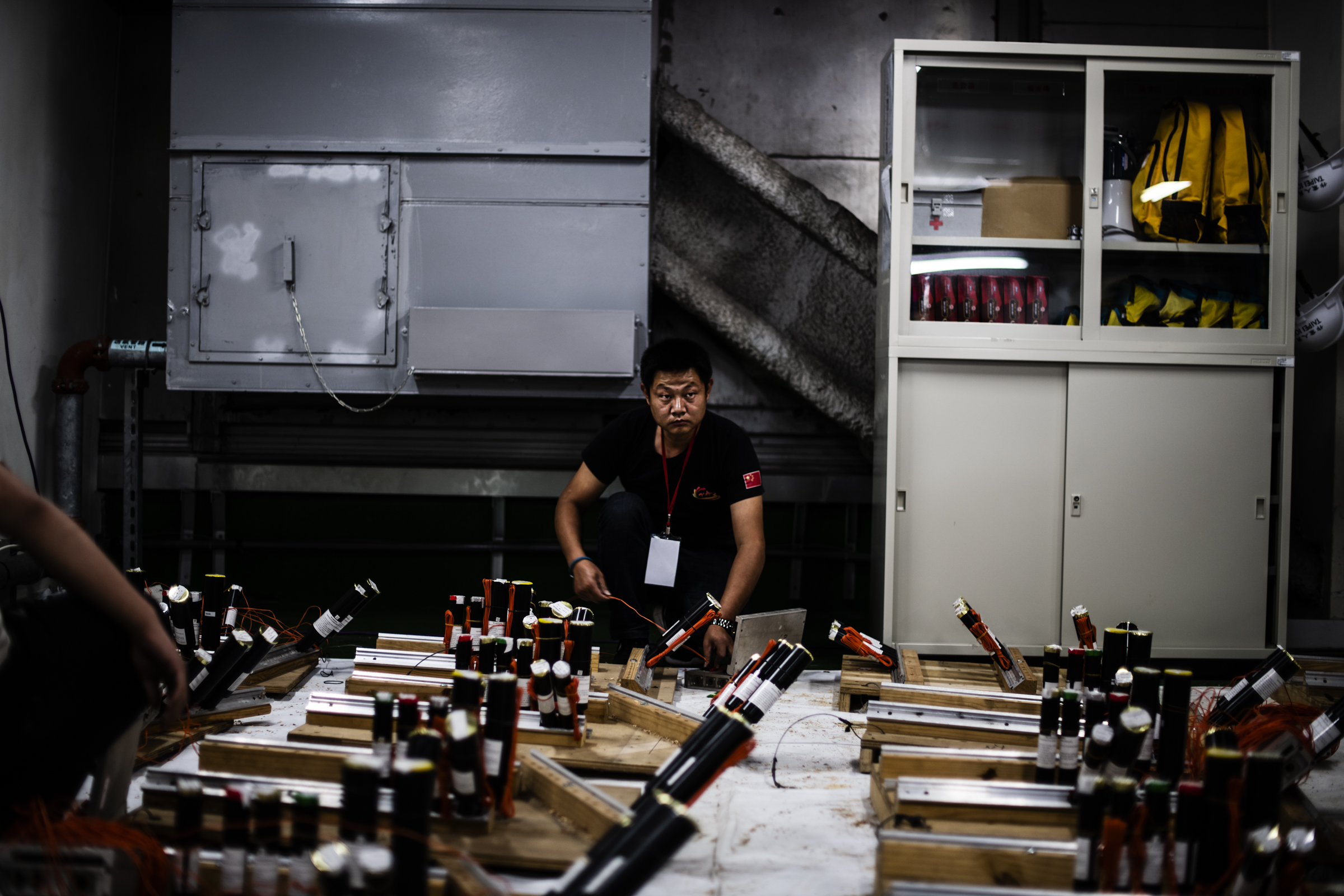
A technician with some of the fireworks that will be part of Taipei 101’s show.
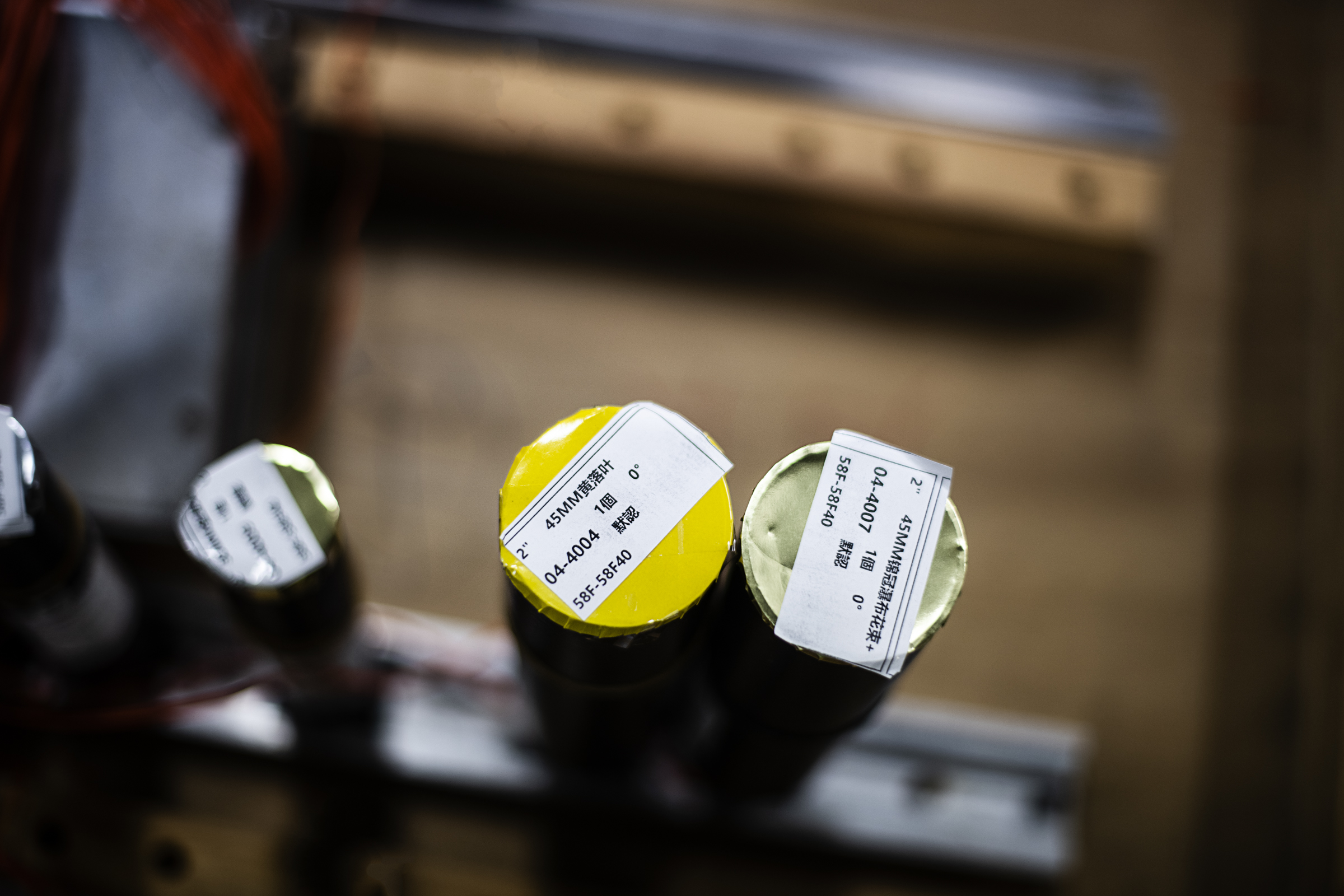
16,000 fireworks will be used in this year’s show and preparations are usually finished by Dec. 28.
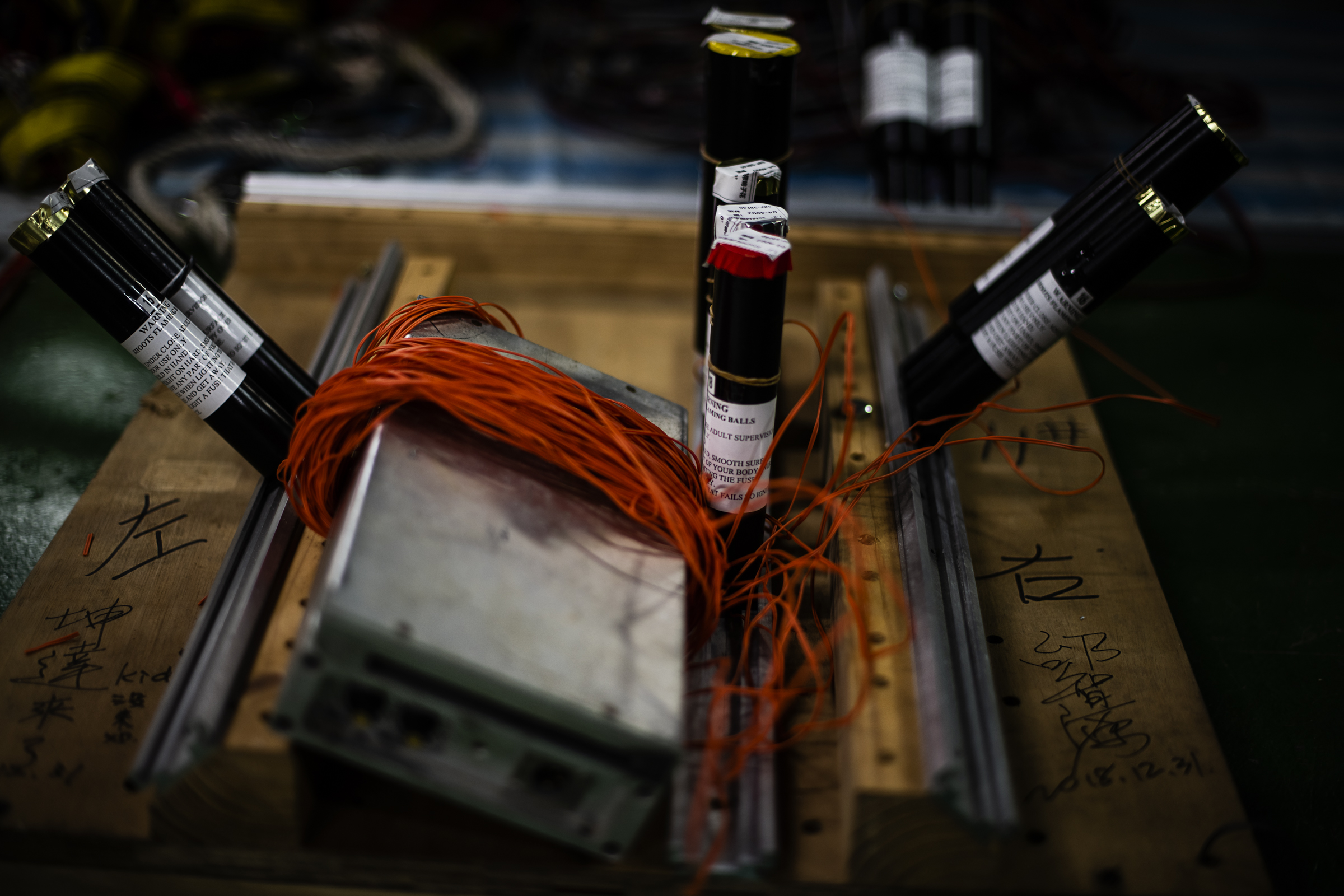
Over the past couple of years, the organizers of Taipei 101’s fireworks show have taken several measures to reduce pollution. Starting with last year’s show, the number of fireworks was reduced from 30,000 to 16,000. To add oomph to the reduced pyrotechnics, a 55-story-tall mesh screen made up of 140,000 LEDs, called a T-Pad, was installed by Taipei 101 fireworks contractor Giant Show on the north side of the skyscraper. The LED screen overlooks the plaza outside of Taipei City Hall where a New Year’s Eve concert is held every year and showcases animations that coordinate with the music and fireworks.
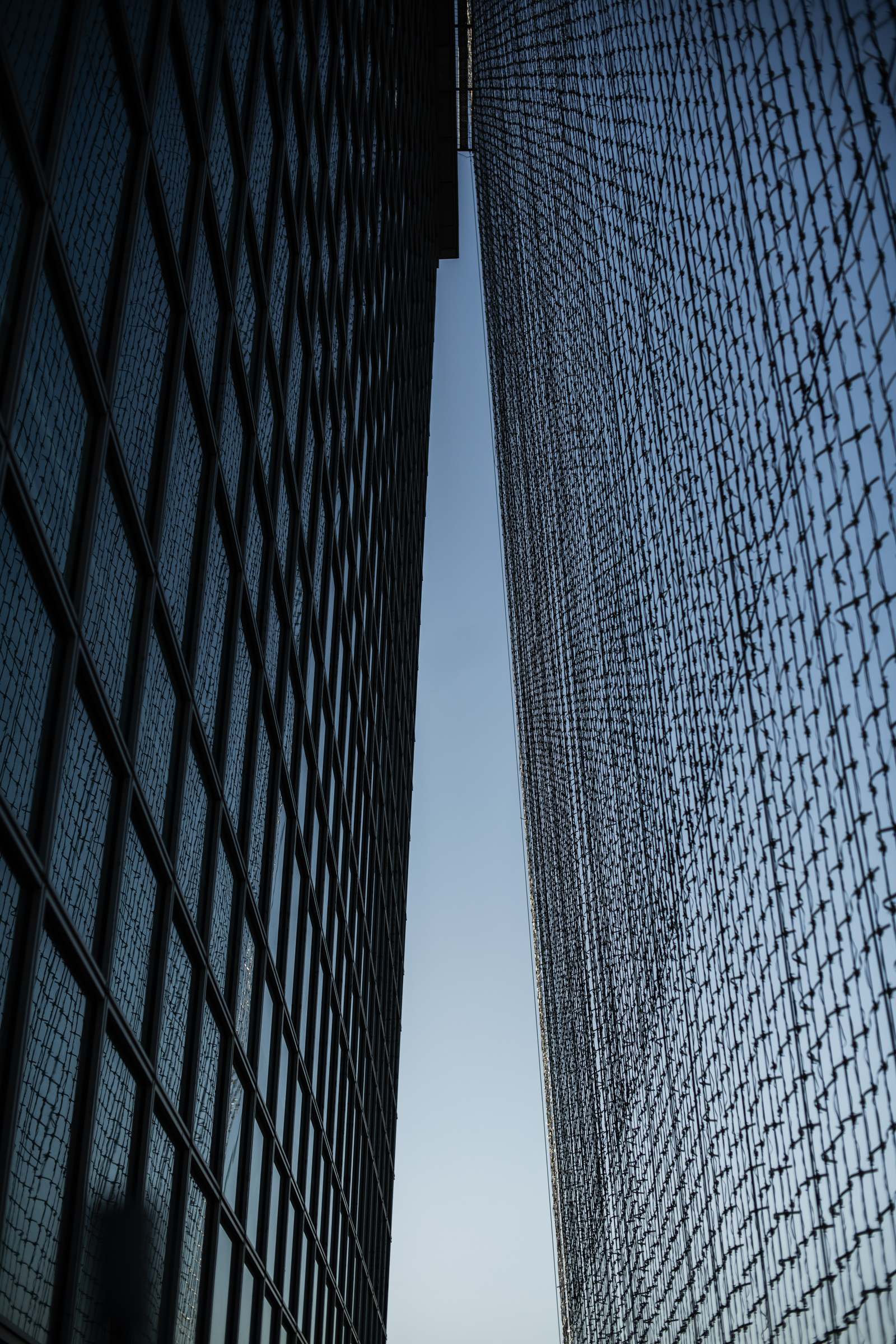
The LED screen is used during the rest of the year for promotions, advertisements and holiday messages
Andy Yang, head of corporate branding and communications for the Taipei Financial Center Corp., Taipei 101’s owner, told TechCrunch that this year’s show cost a total of about NTD $60 million (about USD $1.96 million). It will also include 16,000 fireworks, installed from the 34th to 91st floors of Taipei 101, and animations on the T-Pad. The team that plans the show includes 10 to 15 designers and about 50 pyrotechnicians who install the fireworks on the exterior of the building. Preparations are typically completed by Dec. 28.
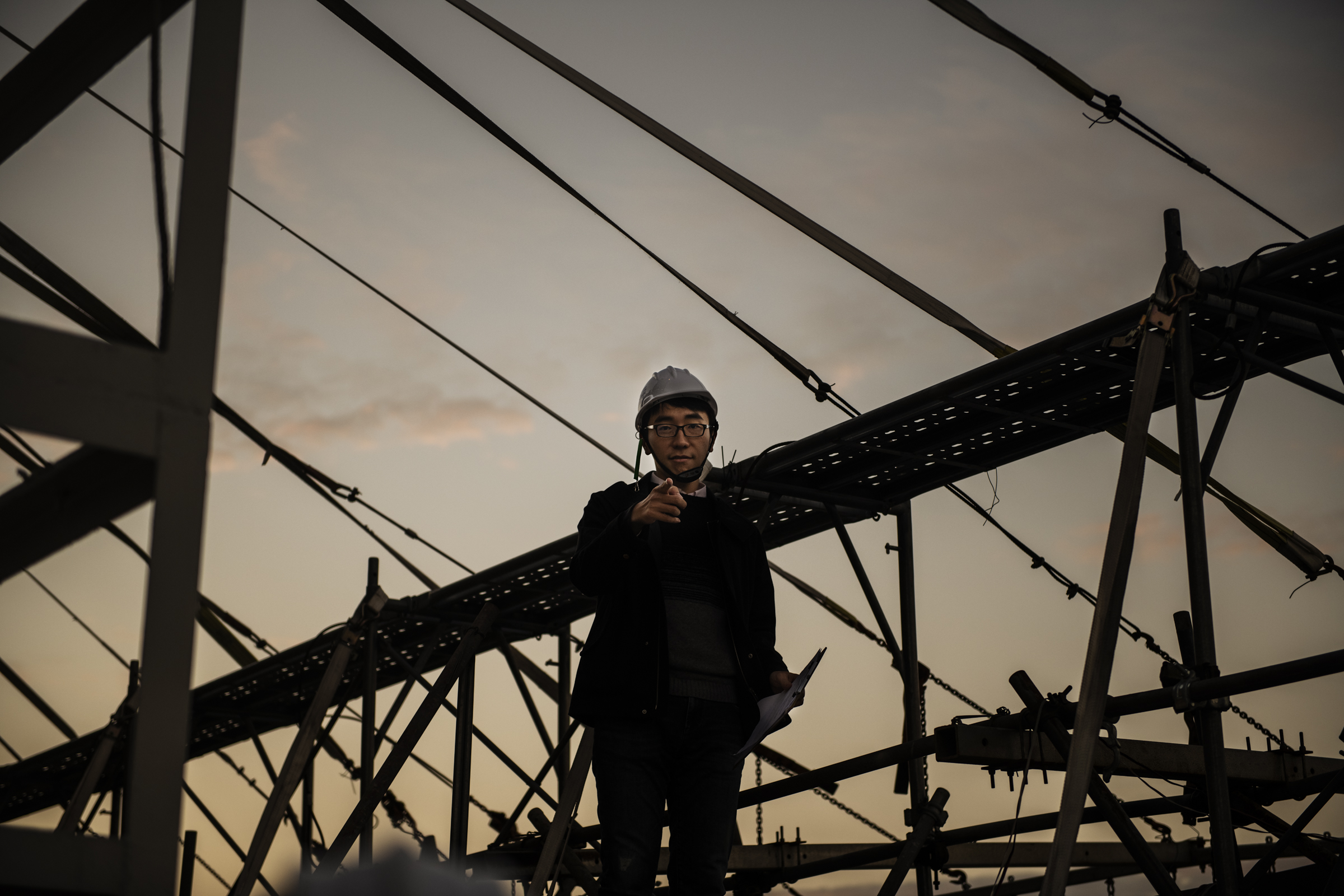
Andy Yang stands in front of the scaffolding that leads up to Taipei 101’s 55-story-tall LED mesh screen
Yang says Taipei 101 has been decreasing the number of fireworks used year by year. The LED screen is currently only on one side of Taipei 101, but Taipei 101’s management is exploring the possibility of extending it to other sides of the building.
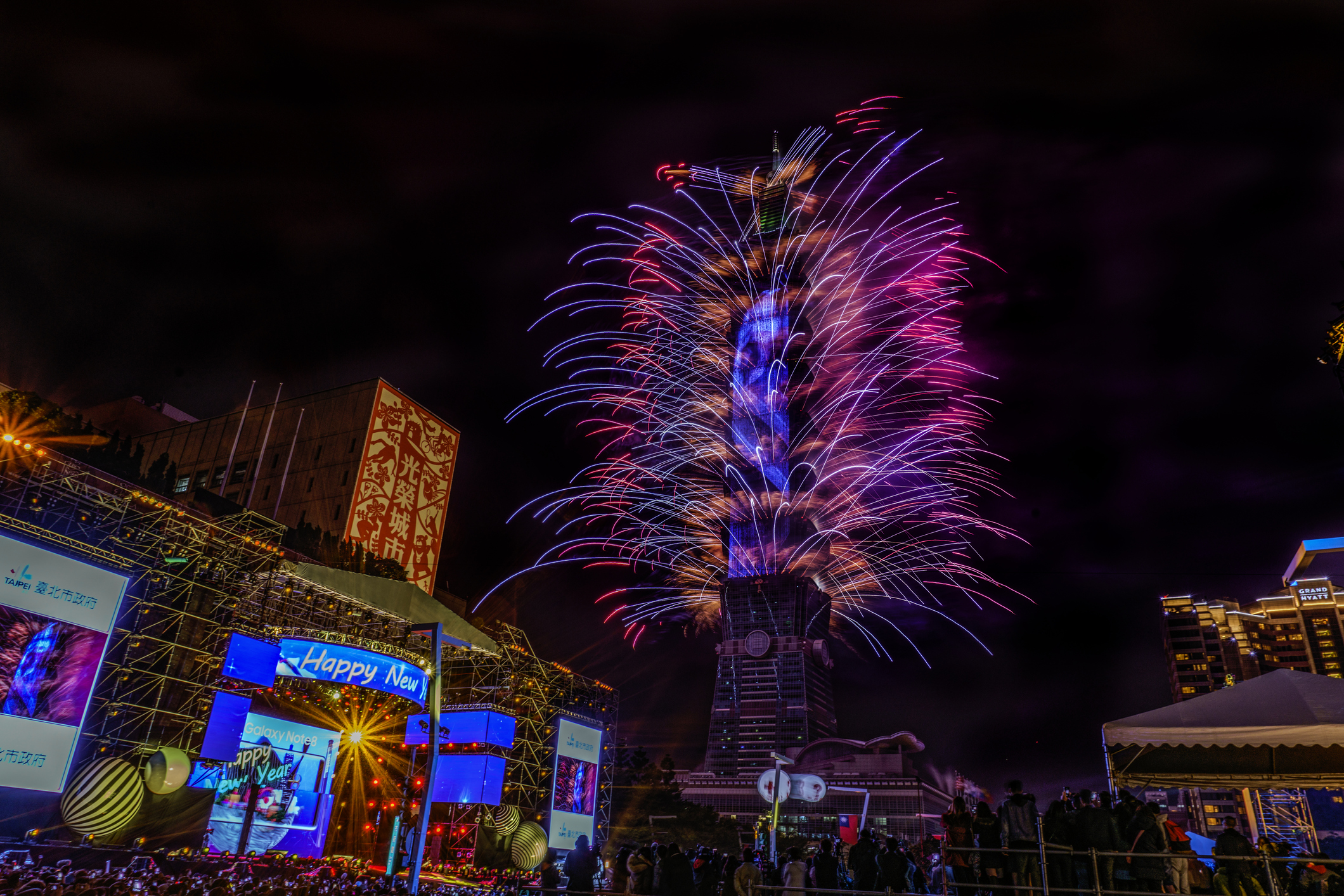
Taipei 101’s fireworks show at the end of 2017, with the LED screen in view. (kecl/Getty Images)
Taipei 101 also instates an “all lights off” policy, turning off all exterior lights before and after the show in order to reduce carbon emissions. The LED screen not only enables Taipei 101 to reduce the number of fireworks used, but also enables the integration of pyrotechnics, animations, music, and lights into one show, “which brings more design and content opportunities and possibilities for Taipei 101 and Taiwan,” he says.
If you’ve gone down the rabbit hole with Netflix’s latest Black Mirror release, there’s (at least) one more easter egg out there. As some intrepid Reddit users discovered, you can actually visit two different versions of fictional software company Tuckersoft’s website and… spoilers ahead.
On the regular Tuckersoft site, discovered through a QR code embedded in the show itself, Tuckersoft advertises its game lineup including Bandersnatch, a “revolutionary game from Stefan Butler.” In this timeline, Tuckersoft released both Nohzdyve and Bandersnatch and Stefan eventually eclipsed his gaming idol Colin’s own fame, driving the company forward. As the site notes:
“While Colin Ritman was Tuckersoft’s leading man, it was Stefan Butler’s 1984 release, Bandersnatch, that catapulted the company to new heights. The innovative narrative and gameplay transformed interactive entertainment forever.”
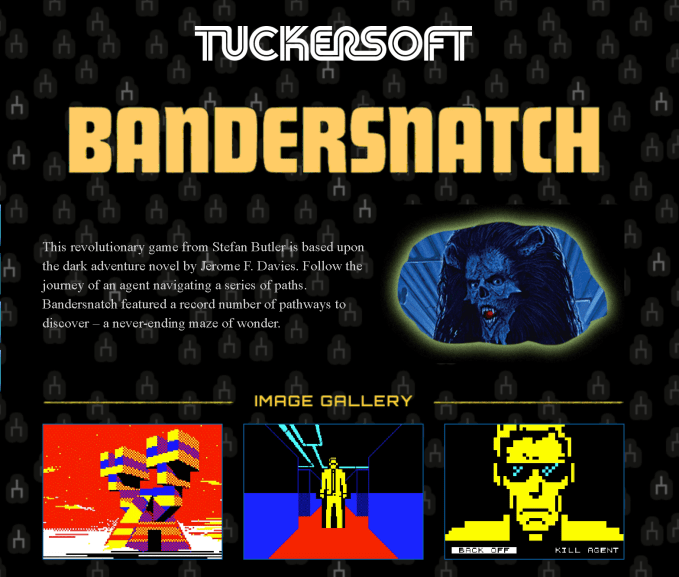
If you visit the Tuckersoft site but strip out the www., the company never released Colin’s game due to a tragic incident. If you’ve seen the episode, you can probably guess what that was. This version of the site includes the following text:
“A bleak turn of events would lead to the abrupt cancellation of Colin Ritman’s highly-anticipated game, Nohzdyve, and the end of Stefan Butler’s promising career.
“Metl Hedd remains a classic, but the world will have to wonder what Nohzdyve was like. Rumour has it, an early version of the game is somewhere out there, waiting to be played for the first time.”
Black Mirror fans will note that the fictionalized site for Colin’s other major title, Metl Hedd, depicts the BigDog-like robots that terrorized humans in season four’s particularly harrowing episode “Metalhead.” Tuckersoft’s other games contain plenty of references to Black Mirror episodes too.
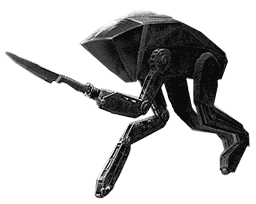
In the timeline in which Colin was able to finish Nohzdyve, the game’s sub-page has a download link for a file called nohzdyve.tap and the instructions to “Play Nohzdyve on your ZX Spectrum emulator.” Apparently, the file works and if you run Windows and you’re willing to install an emulator (like Speccy) for the obscure British 8-bit console, you can actually play Colin’s rather prescient release. We’re told it might work on a Commodore 64 emulator too, but haven’t tested that out (yet).
So far it doesn’t look like Bandersnatch is playable anywhere, but given that the episode itself is a game and the game itself results in certain horror, that’s probably for the best.